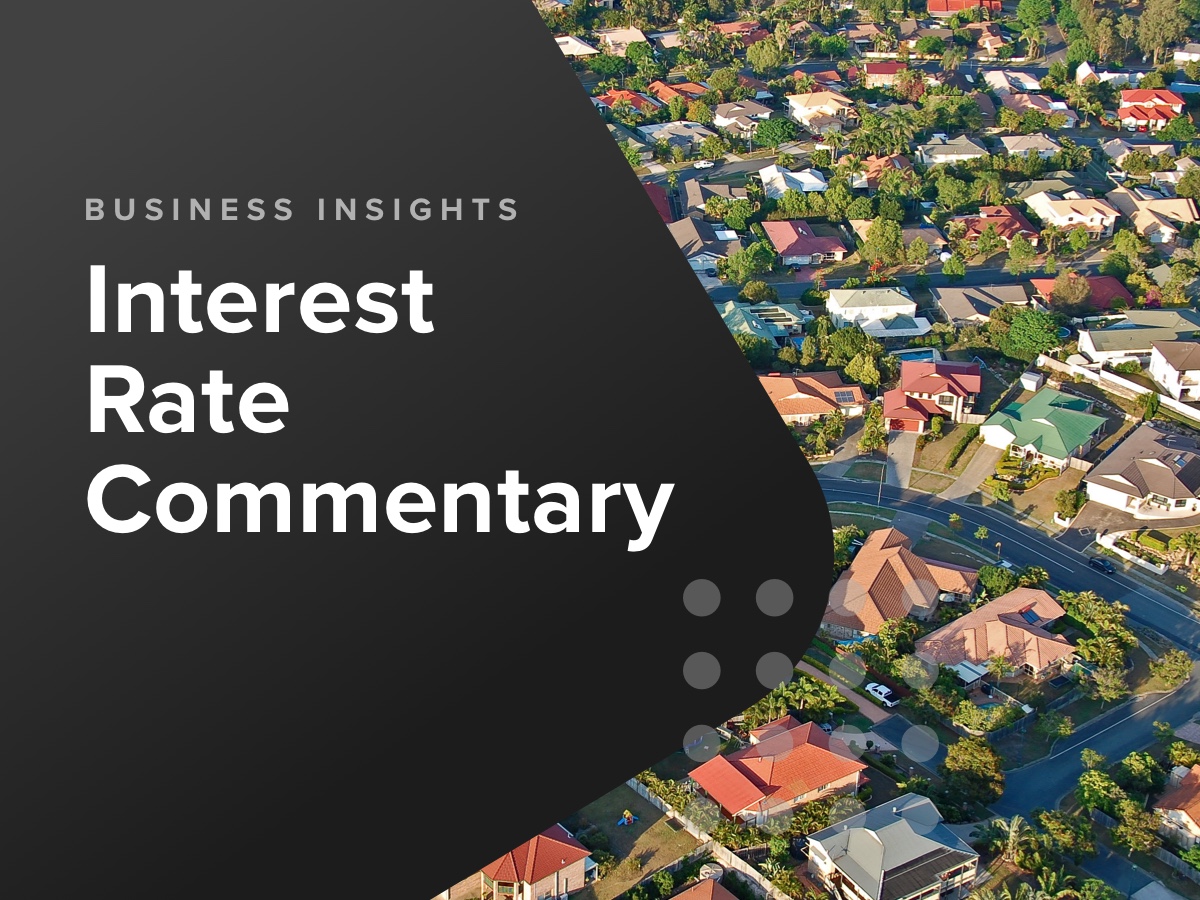The Reserve Bank of Australia (RBA) made the decision today to hold the cash rate at 4.10 per cent, with data released in June not definitive enough to warrant a further increase at this stage. There is still concern about the very tight labour market and underlying inflation. Looking overseas, inflation in areas that are typically labour intensive is only decreasing very slowly, while price rises for goods are coming down faster. This is the same in Australia, where we recorded a decline of 0.4% in the price of clothing and footwear.
On the flip side, price rises of meals out and takeaway food accelerated over the year to May 2023, rising to 7.7% from 7.3% the month prior. This is likely caused by continued high labour, energy and food prices forcing restaurant and café owners to continue to pass on these additional costs. On the demand side, the roughly 30% of Australians who neither rent nor have a home loan, by and large, continue to spend on services and meals out.
We are now nearing, if not at, the point in the monetary policy tightening cycle where further rises to the cash rate will have limited further effect. Households with a home loan have already endured the fastest and steepest rise to the cash rate in history, with most of these people unable to increase income enough to offset their higher interest repayments. The savings rate of Australians is now below pre-COVID levels, and COVID era savings will have been exhausted already by many people. Therefore, it is highly likely that these households with a home loan (roughly 40% of Australian households when including investors) have already pulled back significantly on their discretionary spending. The RBA will now be hoping businesses slow their hiring intentions, taking some pressure off wages and reducing inflation in labour-intensive parts of the economy.

Get started with CreditorWatch today
Take your credit management to the next level with a 14-day free trial.

